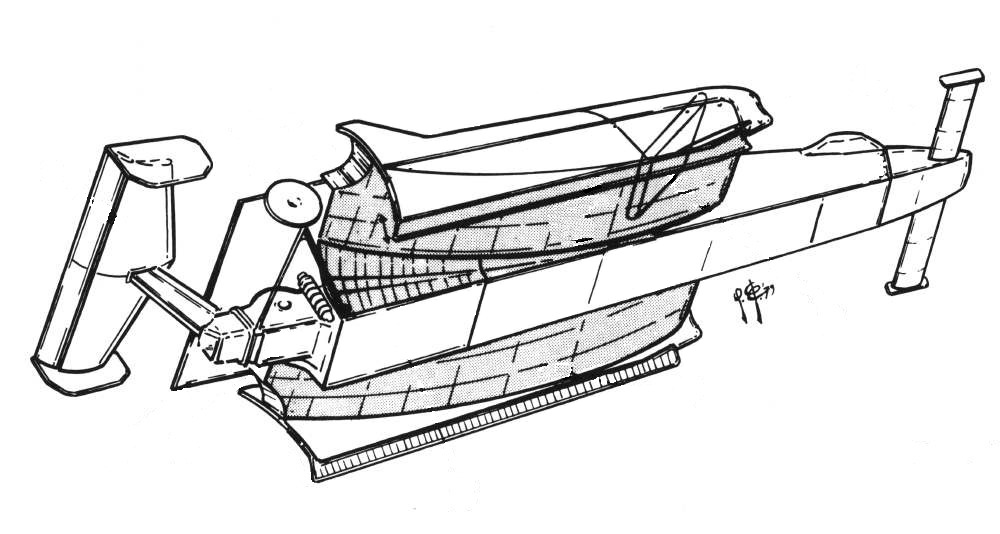If the front wings are mad to resemble front diffusers, similar to lmp cars, i think they wont be as senstive as today's wings.

similar to this, but a lower and narrower front diffuser.

Series like GP2 and Formula 3 are feeder series for Formula 1. It would be against their raison d'être to become faster than Formula 1.Just_a_fan wrote:Why is it "flawed"?Pingguest wrote: However, if Formula 1 would ever drop its flawed high-downforce concept, the feeder series are very likely to follow suit.
And do you really think the rest of the industry would say "oh, better follow F1 and go wingless"? If, for example, GP2 said "we'll stay with wings thanks" they'd just be the replacement for F1 because they'd be the quickest cars around a track - which is what F1 is all about.


Yes, that seems to be the plan but at the same time drive train and chassis efficiency must improve to reduce fuel consumption. Aerodynamics must reduce drag to save approximately 12% of the power it uses today.agip wrote:I don't think a drop in performance is acceptable. FIA wants to make changes but MANTAIN it.

That would be wrong IMO. Rules must be the same for everyone. Fuels should remain technically close to what is in use for road cars. There is no point in using "green fuels" that are unobtainable for the man on the street. It is best to promote fuel efficiency only by suitable freedom in the regulations and fuel use limits.Ronin wrote: To promote a move away from traditional fuel, offer budget incentives or weight advantages for teams using alternative energy sources.
A fuel cap and flow limit will automatically limit the drag that is feasible for the engine power. No need to specify downforce if the limit is set correctly. If they still want to specify downforce they should actually measure it during the race which is technically feasible.Ronin wrote: Limit the amount of downforce that can be generated, but do not specify how they should achieve these limits. So, if for example the FIA limit downforce to 20kN at 200MPH, give the teams freedom to innovate different methods of attaining these values. The FIA could easily monitor these values through wind tunnel data and even 3rd party testing.



I just came across it, and posteded it here, as I think that it shows some of the internal discussions, which take place within the TWG at the FIA.agip wrote:(i made a stupid comment)
That document is dated "22 June 2007". I don't understand.







THIS #27 CAR,LET ME SAY THIS,WITH SOME MODS OF COURSE.SO CLEAN LOOKING.ringo wrote:The front wings cans till be there. But they need a reduction in width and also an icrease in chord length and thickness.
If the front wings are mad to resemble front diffusers, similar to lmp cars, i think they wont be as senstive as today's wings.
similar to this, but a lower and narrower front diffuser.

So tunnels will return and the floor will probably become a spec item. They don't say so but the strategy was proposed by the technical working group three years ago. SourceBBC wrote:
- Much smaller front and rear wings;
- A far greater proportion of the total downforce of the cars will be created by the underfloor, compared to the wings;
- A major reduction in the amount of total downforce created by the car;
- To achieve this, the underfloor of the cars will be shaped along its length to generate downforce for the first time since the 1982 season - currently cars have bottoms that are flat between the wheels;
- The average proportion of a lap that a driver is able to spend on full throttle to be cut from 70% in 2010 to 50% in 2013;
- Tyres will remain large and chunky to ensure cornering speeds remain high.